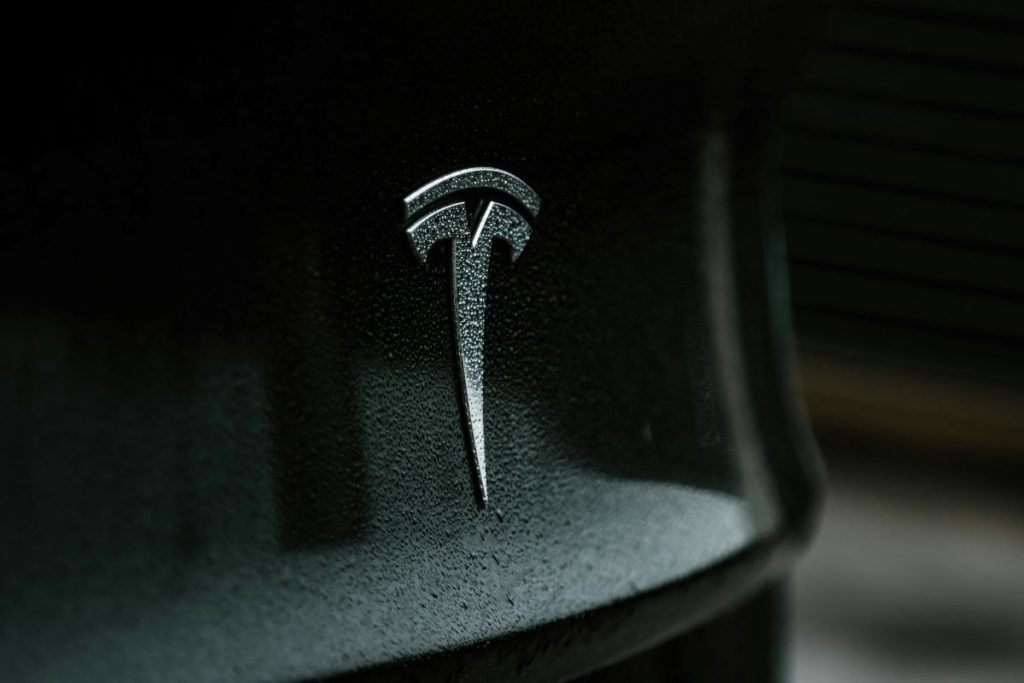Tesla’s rapid rise in the automotive and energy industries is not only attributed to its innovative electric vehicles but also to its ability to adapt and thrive in the face of supply chain challenges. From semiconductor shortages to geopolitical disruptions, Tesla has consistently demonstrated resilience through strategic planning and technological innovation. This article explores the integrated strategies Tesla employs to build a resilient supply chain and how other businesses can adopt similar approaches to mitigate risks.
Proactive Risk Management: Anticipating Disruptions
Tesla’s supply chain strategy is founded on proactive risk identification and mitigation, ensuring preparedness for unforeseen challenges. By analyzing global trends and potential bottlenecks, Tesla minimizes vulnerabilities and sustains operational flow.
Diversification of sourcing has been pivotal. Tesla reduces reliance on single suppliers by sourcing critical materials like lithium and nickel from multiple regions. This reduces the impact of localized disruptions, securing a steady supply of essential components. Furthermore, the establishment of Gigafactories across strategic locations—including the U.S., Europe, and China—has brought production closer to key markets, mitigating risks from transportation delays and geopolitical tensions.
Agility Through Technology Integration
Technology is a cornerstone of Tesla’s resilience strategy. Through AI, IoT, and data analytics, Tesla has revolutionized its supply chain management.
Tesla’s AI-driven forecasting analyzes real-time operational data to predict demand fluctuations. This capability allows Tesla to dynamically adjust production schedules and inventory levels, mitigating risks of overstocking or shortages. During the global semiconductor shortage, Tesla showcased agility by rewriting its software to accommodate alternative chips, ensuring uninterrupted production while competitors faced delays. IoT-enabled monitoring provides real-time visibility into inventory, transportation routes, and production lines, empowering quick and informed decision-making.
Strengthening Supplier Collaborations
Tesla fosters strong, collaborative partnerships with its suppliers to ensure alignment on goals and priorities. Long-term agreements secure stable pricing and material availability, while joint ventures enhance technological innovation and streamline operations. For example, Tesla’s partnership with Panasonic in battery production has significantly reduced costs and bolstered efficiency.
The Role of Vertical Integration
Vertical integration is central to Tesla’s supply chain resilience. By controlling key production and logistics aspects, Tesla minimizes dependence on external entities and enhances operational stability.
In-house battery production at Tesla’s Gigafactories ensures a consistent supply of this critical EV component. Additionally, Tesla’s development of proprietary software grants it full control over vehicle operations and manufacturing processes, allowing quick adaptation to evolving demands without relying on third-party vendors.
Sustainability as a Resilience Driver
Tesla aligns sustainability with resilience, recognizing the long-term benefits of environmentally responsible practices. Battery recycling initiatives recover valuable materials like lithium and cobalt, reducing dependency on new raw materials. Renewable energy integration in Gigafactories lowers operational costs and shields Tesla from volatility in fossil fuel markets, underscoring the synergy between sustainability and supply chain strength.
Key Takeaways for Supply Chain Leaders
Tesla’s approach offers actionable insights for businesses striving for resilience:
Leverage Technology: Use AI and IoT for predictive analytics and real-time visibility.
Diversify Suppliers: Mitigate risks by sourcing from multiple regions and reducing dependency on single suppliers.
Localize Production: Establish production hubs closer to key markets to minimize logistical risks.
Build Strategic Partnerships: Foster collaborative, long-term relationships with suppliers to ensure stability and innovation.
Integrate Sustainability: Align resilience strategies with sustainable practices to enhance long-term cost savings and resource security.
Tesla’s resilience is a testament to its innovative supply chain strategies, blending technology, collaboration, and sustainability. By learning from Tesla’s example, supply chain leaders can design systems capable of withstanding disruptions and fostering long-term success. In an era of increasing uncertainty, Tesla’s integrated approach highlights the importance of foresight, agility, and strategic investment in building modern, robust supply chains.



